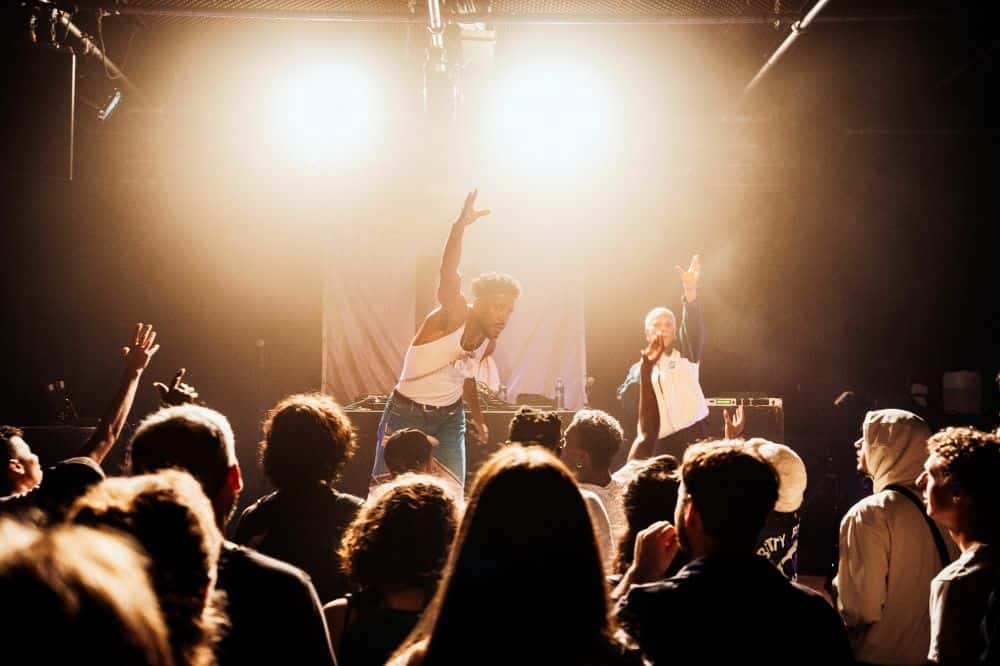
Eindhoven wants to become a smart society. But how does that work? What’s going on in a society like that? Are there any good examples to learn from? DataStudio Eindhoven explores the transition a city must go through to actually become such a smart society. Each week, we present a new contribution on E52, This week the project ‘Your light on 040’, which has organized a boot camp to bring up the best ideas. Read all the articles here.

The project Your light on 040 has made Eindhoven into a testing ground for smart light. The cooperation of Philips Lighting/Heijmans, the TU/e and the municipality of Eindhoven, is looking to find answers to the question: ‘How can light improve livability in the city?’ To find answers to this, there has been a boot camp on September 21st. Participants worked on solutions based on the needs of the residents of the Woenselse Heide West district.
The past year, the TU/e has done a research after the needs in this district. Elke den Ouden, strategic director of TU/e Lighthouse talks about the research: “A number of needs have come up, which aren’t that shocking. It’s especially about safety and atmosphere in the district, and social cohesion. The shopping center, for example, is not a pleasant place to be alone when it’s dark. There are also a few places in the district where there’s a lot of speeding. These needs aren’t that special in itself, but now we can indicate concrete places in the district where these things occur. That makes it a lot more interesting.”
“We don’t just want to push technology in the testing grounds, that’s not very useful. We really want to connect with what is happening in the district to improve the quality of life there.”Elke den Ouden, Strategic Director TU/e Lighthouse
The boot camp was divided into five themes: Contact and connection; Social safety; Traffic safety; Outdoor activities; Safe and future-proof car area. “The needs are an inspiration, they are about places in the district where you can concretely see the impact of the solutions. We also expect these solutions to be scalable, as the needs are likely to occur in other cities and parts of the city. We don’t just want to push technology in the testing grounds, that’s not very useful. We really want to connect with what is happening in the district to improve the quality of life there.” Says Den Ouden.
The best ideas that have come out of the boot camp will be developed. On October 26th, a follow-up workshop will take place during the Dutch Design Week in the Stadhuis, where residents are again more than welcome. At the end of November, concrete plans for the district Woenselse Heijde West will be announced.
It is now the turn of the second testing area, the ring. The TU/e is going to do a research after the needs in this area until the end of this year. Because with the ring, there are a lot more factors than just the needs of residents, emergency services, transport companies and taxi drivers also share their needs. After this research, there will again be as many parties as possible thinking about solutions. Whether this will be in the form of a boot camp again, or more towards a hackathon, is not known yet.







